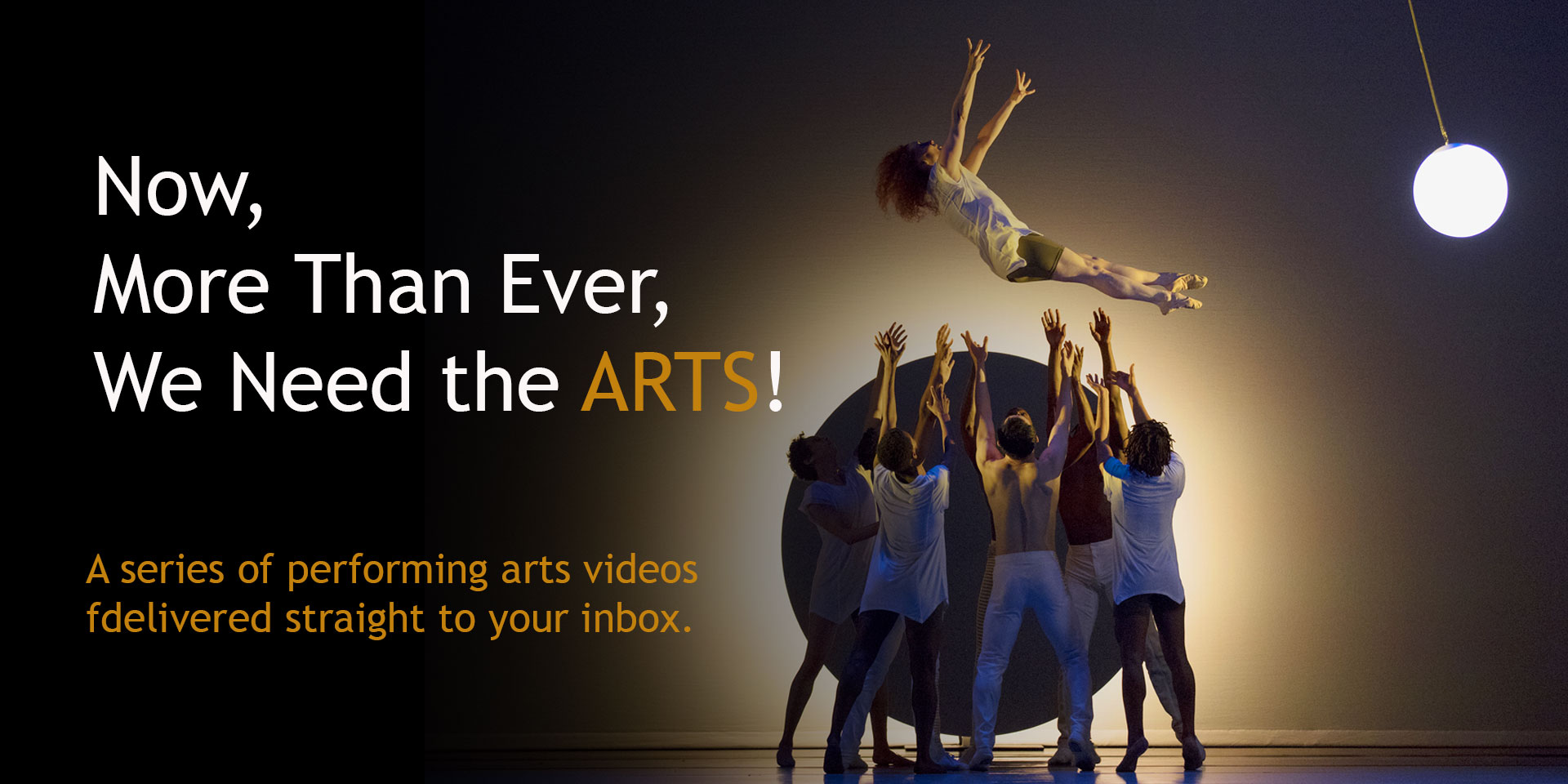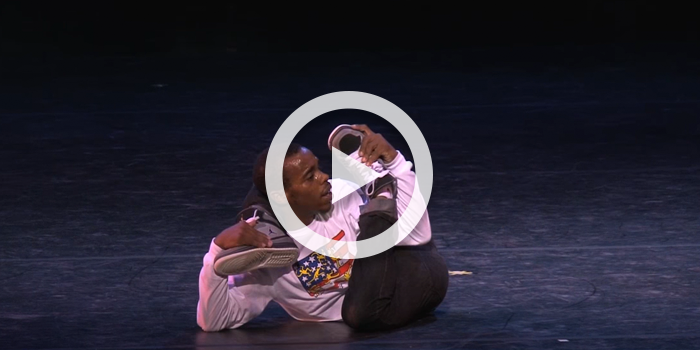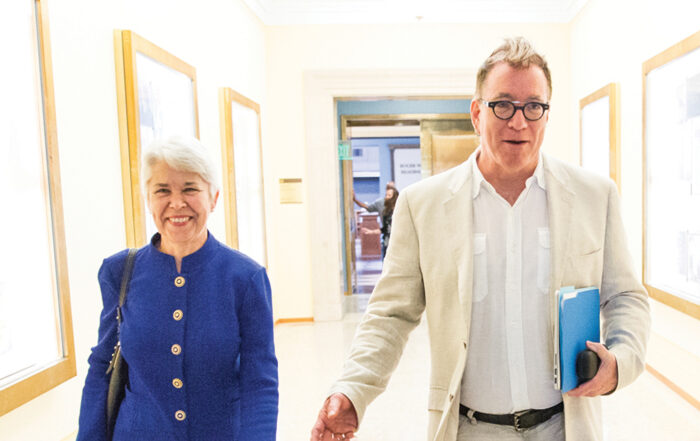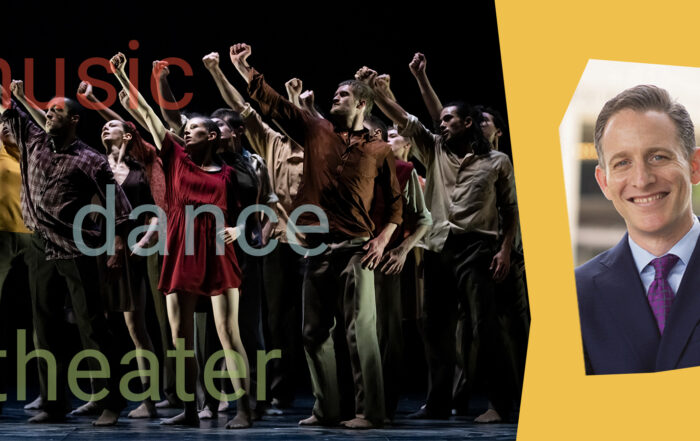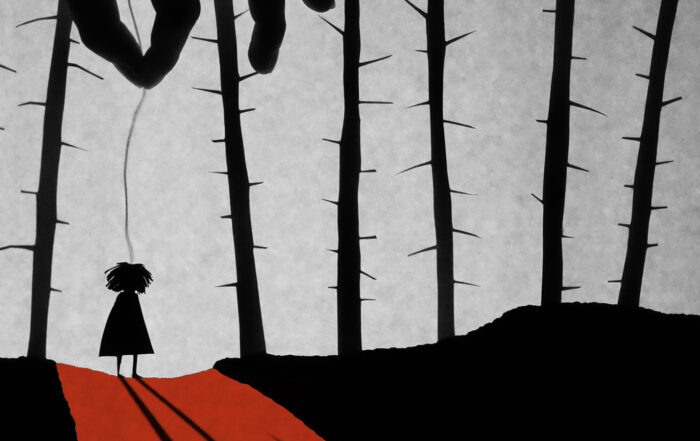In this issue: Beethoven’s Final movement from Cello Sonata No. 4 in C major, Op. 102, No. 1 performed by Mstislav Rostropovich and Sviatoslav Richter; The Spirit of Noh 能 directed by Edwin Lee; Mozart’s “Vorrei, spiegarvi, oh Dio!” performed by Sabine Devieilhe; Miles Davis’ “So What?” performed by Miles Davis; Rehearsing The Dying Swan and Lamentation performed by Sae Eun Park; Arvo Pärt: Fratres performed by Gidon Kremer
Now, More Than Ever: Issue 42
There’s no doubt about it. These are stressful days, perhaps the most stressful of our lifetimes. More than temperatures are running hot. So, in the spirit of changing seasons, let’s take a moment to cool off, slow things down, and catch our breath. The goal of today’s issue of Now, More Than Ever is to help lower our blood pressures.
Beethoven: Final movement from Cello Sonata No. 4 in C major, Op. 102, No. 1
Mstislav Rostropovich, cello
Sviatoslav Richter, piano
(If this video doesn’t begin at 7:54, please reset it.)
This is such glorious music! On the one hand, we find Beethoven speaking in a kind of elevated and celestial language; on the other, and at the same time, it’s as if he’s engaged in a childlike and playful game. And when this movement begins, we’re really not quite sure on which side of the board we’re sitting. But this isn’t a juxtaposition, because these two elements work so well together. In unexpected ways, they are two sides of the same coin.
The piano begins with a quick phrase that the cello finishes. Then the cello offers up that same phrase, which the piano finishes. The back and forth continues, so winning in its optimism and youthful charm, but also so incredibly sophisticated. And then, as if that wasn’t enough, Beethoven moves on to a celebratory and very rustic sort of stomping dance before closing with a musical expression of pure happiness.
One of the themes this season at Cal Performances is “Music and the Mind,” so don’t lose sight of the fact that all of this music was created by a profoundly deaf man, a deeply empathetic human being essentially isolated within a world of silence. That joy and optimism this intense can spring form such circumstances, well… what is that but evidence of a supreme form of hope?
I’d be remiss if I didn’t point out that this timeless piece of music will be featured on our upcoming Cal Performances at Home concert with cellist David Finckel and pianist Wu Han (premiering Thursday, Nov 12 at 7pm PST and remaining online through February 10.) The highly anticipated program offers the rare opportunity to hear Beethoven’s complete set of sonatas for cello and piano.
The Spirit of Noh 能
Edwin Lee, director and editor
For some time now, I’ve been searching for an opportunity to include an example of noh theater—a major school of classical Japanese music-dance-drama since the 14th century—in Now, More Than Ever. But let’s face it: given the art form’s particular and specific logic and conception of time, you can’t really do it justice in a 10-minute excerpt. The late Udaka Michishige, a former master actor of the Kongō School of Noh and a renowned noh mask carver, reminds us here that, to appreciate this art form, you must leave behind the world of the everyday and enter the domain of the gods. I find his remarks very moving.
Mozart: “Vorrei, spiegarvi, oh Dio!”
Sabine Devieilhe, soprano
Raphaël Pichon, conductor
Ensemble Pygmalion
Here’s music that lowers the blood pressure of everyone involved… except for the soprano and the oboist! And this particular performance is notable in large part because of the very fine oboist. The instrument, in general, is difficult to control, but the Baroque oboe is especially fickle and prone to some really unpleasant squawks.
Mozart composed a large number of works for solo voice and orchestra, some for insertion into his own and others’ operas, some as occasional pieces, and some for concert performance. This marvelous example—one of two arias that he wrote for his sister-in-law Aloysia Weber Lange, who was appearing in a now-forgotten comic opera in Vienna in 1783—calls for a singer with tremendous expressive gifts, especially the ability to hit the high notes.
We’ve encountered the brilliant Sabine Devieilhe earlier (Issue 21 and Issue 29) in Now, More Than Ever, and here it’s lovely to see her with such sensitive performance partners as conductor Raphaël Pichon and his superb Ensemble Pygmalion. After seeing their onstage rapport, perhaps you won’t be surprised to learn that Devieilhe and Pichon are a real-life husband-and-wife team. And something of a classical music power couple, as well!
Let me explain, oh God,
What my grief is!
But fate has condemned me
To weep and stay silent.
My heart may not pine
For the one I would like to love
Making me seem hard-hearted
And cruel.
Ah, Count, part from me,
Run, flee
Far away from me;
Your beloved
Emilia awaits you,
Don’t let her languish,
She is worthy of love.
Ah, pitiless stars!
You are hostile to me.
I am lost when he stays.
Part from me, run,
Speak not of love,
Her heart is yours.
Miles Davis: “So What?”
Featuring Miles Davis, trumpet
Released in 1959, Kind of Blue is the one Miles Davis album everyone seems to know; it remains the bestselling jazz album of all time and its first track is “So What?” If Davis didn’t exactly disavow this music later, I’m not sure he wound up thinking highly of it, once his style became much more complex and expressionistic. This form of “cool jazz” was a phase for the master jazzman (in that sense, perhaps we can see a parallel to Picasso’s Blue Period).
But I get a kick out of—and agree with—the comment on the YouTube page for this video: “As a kid in the ’90s I first heard this and thought this is what adulthood sounded like.”
First of all, you hear the fluidity of Davis’ playing. His solos are beautiful, even transcendent, with a kind of complexity that’s fully echoed in contributions from the rest of the band (most notably from John Coltrane on tenor sax). This is extremely meditative music, but always interesting and intricate in its own way.
Pianist Jeremy Denk once compared Charles Ives’ music to a river. If you focus on the banks, you’ll see these little areas of calm, where the water appears clear, quiet, and untroubled. But if you look closer, you’ll see evidence of complex currents and eddies beneath the surface. That’s exactly how I feel about this type of music.
Along with Coltrane, that’s Paul Chambers on bass and Jimmy Cobb on drums, with assorted members of the Gil Evans Orchestra. And I think we’re seeing Wynton Kelly at the piano, perhaps subbing for Bill Evans. (If you know for sure, please let me know!)
Rehearsing The Dying Swan and Lamentation
Sae Eun Park, dancer
This recent video, filmed just before Paris moved into its current period of heightened pandemic-related restrictions, features Sae Eun Park, premier danseur of the Paris Opera Ballet, as she rehearses two iconic dance works: Michel Fokine’s The Dying Swan (1905), the classic solo piece immortalized by Anna Pavlova, and Martha Graham’s Lamentation (1930), a touchstone of modern dance famously performed almost entirely from a seated position, with the dancer encased in a tube of purple jersey.
I’m struck by what this sublime and elegant artist implies about the unique qualities that each dancer brings to her performance of these famous works and about how official choreographic notation can often fall short. I love that there’s only so much you can put down on paper, and that even the most specific notation leaves countless decisions up to the performer.
But mainly, I wanted to acknowledge the ongoing efforts of artists elsewhere in the world, who continue to work while infections rise, all in the hope of keeping the performing arts alive and vital through dark days. Their patient, hope-filled work—their calm and quiet dedication—serves as a model for us all.
Arvo Pärt: Fratres
Gidon Kremer, violin
Moscow Soloists
Yuri Bashmet, conductor
(If this video doesn’t begin at 1:41, please reset it. The piece concludes at 14:34.)
First off, try not to let the rather dated camerawork throw you off; it’s pretty distracting, and you may be wiser to turn away from your screen and simply listen.
Arvo Pärt hails from Estonia; Gidon Kremer, from Latvia. In the days of the old Soviet Union, these were little countries fighting to assert their own identities, often through proud cultural expression. Kremer became a champion of Pärt’s music early on, and once offered this observation: “Arvo has his own unique language. Not a single note in his score is random. It’s like a magic language because he’s not trying to seem self-important. He’s not trying to impose himself on us, but he’s a man on a quest.” Tom Service has written a helpful “Guide to Arvo Pärt’s Music” for the UK’s Guardian newspaper and website; I encourage you to check it out.
Fratres (Brothers) is perhaps Pärt’s most famous piece. It’s just a 9-chord progression, repeated numerous times, with small percussion interludes in between. Written with apparently no fixed instrumentation—Wikipedia lists no fewer than 17 versions so far, the earliest from 1977 and the most recent from 2010—the music has been a favorite with audiences and filmmakers and was used to profound effect in Paul Thomas Anderson’s There Will Be Blood. It’s the sort of piece I like to listen to when looking up at the night sky, when there are lots of stars.
Now, More Than Ever Full Playlist
Now, More Than Ever Spotify Playlist


